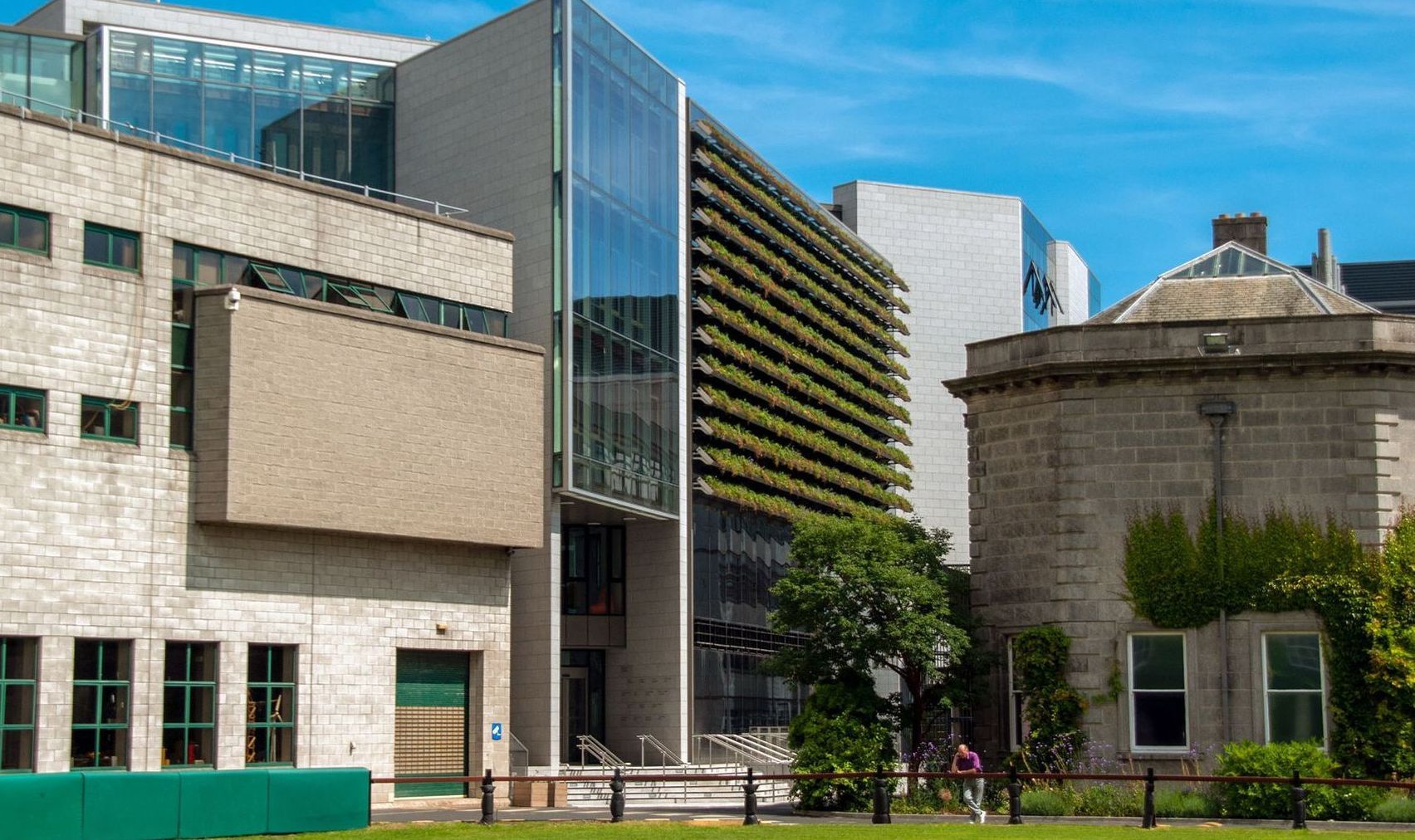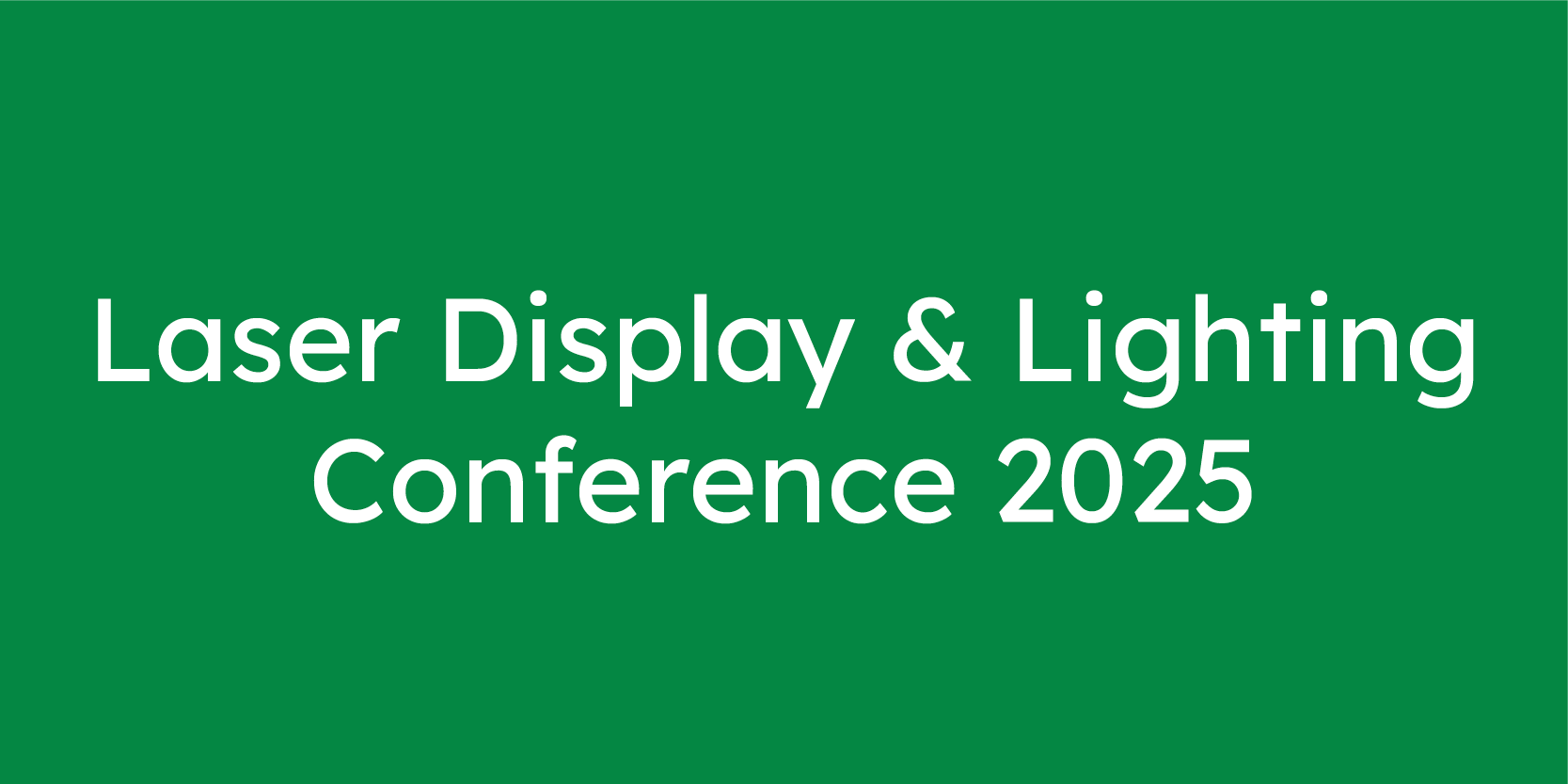Venue
Ireland is a member state of the European Union. There are good international flight connections and the English language is spoken fluently. Dublin is the capital city with a population of over 1M and a compact size. Trinity College was founded in 1592 and is located in the center of the city. Its faculties include arts, sciences, and engineering.
The conference will be held in the new Business School building.

Welcome
We are delighted that the Committee has entrusted us to host the Conference in one of its occasional ventures from Japan.
Founded in 1592, Trinity is one of the world’s oldest universities, and a historic centre of scientific discovery and technological innovation. This week, we invite you to explore the science, technology, and applications of light from semiconductor sources in a setting where the science of light has been studied, shaped, and advanced for centuries.
One of our earliest contributors was William Molyneux whose Dioptrica Nova, published in 1692, was the first book on optics in the English language. In 1832, William Rowan Hamilton, one of Trinity’s most celebrated scholars, predicted the phenomenon of conical refraction—a stunning optical effect where light transforms into a cone after propagating through a biaxial crystal. This was the first time in history that a mathematical theory predicted a new physical phenomenon before it was confirmed experimentally—by Humphrey Lloyd, just months later, in a Trinity laboratory. In the following years Hamilton worked on dynamical systems and developed what is known as the Hamiltonian formalism to describe the time evolution of a system. This has become a central component of the wave theory description of quantum mechanics.
Hamilton is also known for his discovery of Quaternions. These can be used to describe the rotation of solid bodies. At the time of their discovery, their modern day applications could not have been imagined, including spacecraft attitude control, robotics, and computer graphics animation.
The legacy of innovation continued through George Francis Fitzgerald, whose study of electromagnetic theory in the late 19th century led him propose that an oscillating current could act as a source of electromagnetic radiation —vital to wireless communication and optical signal transmission. His other contributions, including the Lorentz-Fitzgerald contraction hypothesis, emerged in Einstein’s theory of special relativity.
In the 20th century, Ernest T. S. Walton shared the Nobel Prize with John Cockcroft for splitting the atomic nucleus. The experiment proved Einstein’s equation E = mc² in practice and welcomed in the nuclear age. His experimental work involved precise control of charged particles and high-voltage fields.
More recently, Trinity’s physicists, including Daniel Bradley and Brian Henderson, helped shape the modern field of laser science. Bradley’s work on ultrashort laser pulses were at the leading edge of laser development, while Henderson advanced the understanding of optical materials crucial for display technologies. The School of Physics continues to push boundaries in nonlinear optics, nanophotonics and plasmonics and devices for optical communications.
During your visit, we encourage you to explore the Fitzgerald Library’s exhibits, including historic instruments, wave models, and the striking Radiant Stranger sculpture—an artistic rendering of Hamilton’s conical refraction surface. Take a moment, too, to step into the Long Room Library, one of Ireland’s most iconic spaces, where the past meets the present beneath its vaulted oak ceiling.
We hope that this conference will spark meaningful dialogue and inspire new directions in your work. May your time at Trinity be illuminating, both intellectually and literally.
Louise Bradley, Fergal Shevlin
Trinity College Dublin,
Conference local co-chairs
